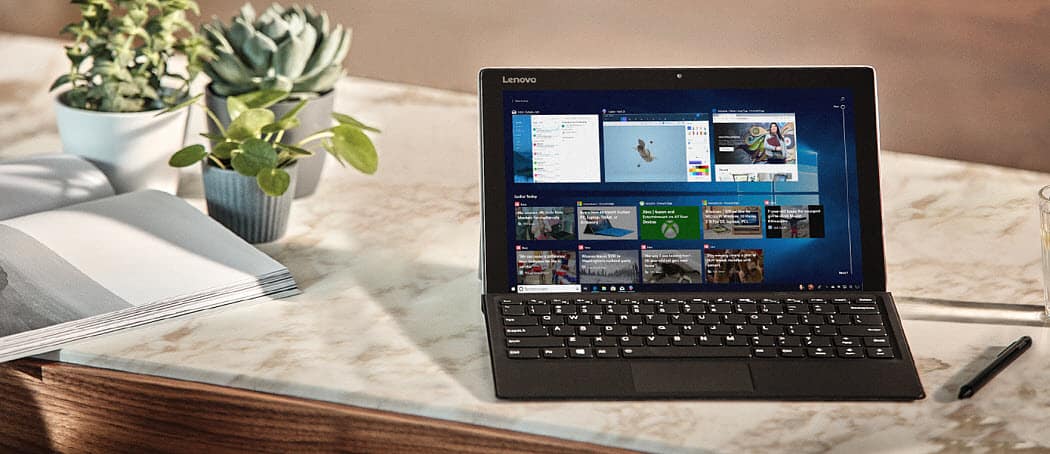Uninstall Windows 10 Cumulative Updates
Open Settings by hitting Windows Key + I on your keyboard and click Update & Security, and under the “Check for updates” button, click on the View Update History link.
There you will see a list of the updated history of recent cumulative and other updates, but you want to click on the Uninstall Updates link at the top of the page.
That will open the classic Control Panel page that also contains a list of recently installed updates. And this is where you can uninstall them. It’s also worth noting that this list only allows you to uninstall cumulative updates installed since the feature update. Please scroll down and find the update you want to get rid of; right-click on it and choose Uninstall. For example, in my case, a feature on one of my PCs stopped working after installing KB4476976. You will be prompted to verify you want to uninstall it and see a progress bar during the uninstall process. After uninstalling the update, you will be prompted to restart your computer to apply the changes.
If uninstalling the update fixes your issue, you might want to consider deferring future updates. On Windows 10 Pro, you can defer cumulative updates for up to 35 days. To do that, head to Settings > Update & Security > Windows Update > Advanced Options and scroll down and turn on the switch to pause updates.
But if you’re on Windows 10 Home, you will need to block the update using a Metered Connection at the time of this writing. However, Microsoft is giving users a bit more control over updates. Starting with the next major feature update (currently in testing as 19H1), you will have the option to pause updates directly from the Windows Update screen.
Keeping Track of Windows Updates
We try to cover Windows 10 updates closely, and when a new update is released, we’ll usually let you know the day it becomes available. But it’s also important to note that you can find all the details about a previous update anytime. Reading the update release notes is important when you’re trying to troubleshoot an issue. It helps you decide if one of the “fixes” is to blame, and each page lists known issues as well as their workarounds. And this is where it’s important to pay attention to the updated versions of the “KB numbers.” Head to Settings > Update & Security and click the “View Update History” link. There you will see a list of recently installed updates, and clicking on any one of them will bring you to the official Microsoft knowledge base article that provides a full list of fixes, known issues, and workarounds.
Remember, this is for uninstalling the cumulative updates that are usually launched on Patch Tuesday each month. These include a bunch of individual updates all wrapped up in one download. If you want better control of your Windows 10 updates, check out our article on how to install specific Windows 1o updates with the help of a free app.
![]()








